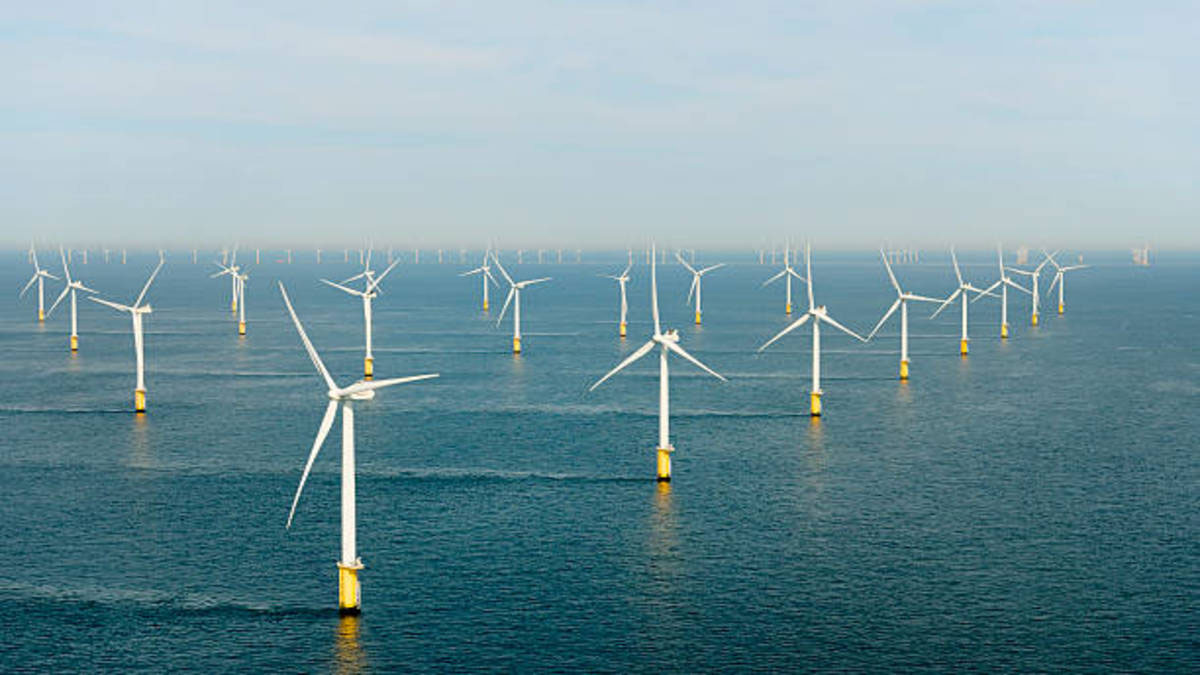Australia’s goal to achieve net zero emissions by 2050 might have just received a significant boost with the federal government awarding the first six feasibility licences for offshore wind projects off Gippsland, Victoria.
The licences allow developers to start detailed assessment work – including environmental studies and management plans – to determine feasibility, following which they can apply for a commercial licence to build an offshore wind project to generate electricity commercially.
Awards for another six licences are currently subject to First Nations consultation.
Should all 12 projects be developed, they could generate a total of 25 gigawatts of electricity, more electricity than the entirety of Victoria generated last year or 100 times the annual industrial consumption of the Gippsland region.
Needless to say, that would go a long way towards meeting Australia’s emissions goals and more modestly meet Victoria’s target of generating at least 2GW of electricity from offshore wind power by 2032, 4GW by 2035 and 9GW by 2040.
Climate Change and Energy minister Chris Bowen said the grant of feasibility study is the next step in helping deliver a clean energy industry for Australia while future proofing energy security and reliability for Victoria.
Battery projects might be back on the menu
Adding further joy to the green lobby, the government’s first auction of dispatchable capacity in Australia’s new Capacity Investment Scheme has been massively oversubscribed (by 32 times) by a whole host of battery storage projects.
The government received bids totalling more than 19,000 megawatts of capacity for the first stage of the program, which is seeking 600MW of new dispatchable capacity with the equivalent of four hours of storage for Victoria and South Australia.
Projects will be selected based on their ability to build reliability in the grid and strengthen local supply chains.
Progressing renewables and storage
The push for more offshore wind projects is a positive as it adds what the International Energy Agency describes as “variable baseload power” with similar capacity factors as gas and coal-fired generators.
Offshore wind turbines are more consistent than onshore wind and solar, meaning that they provide consistent power, essentially proving a minimum level of base load power that’s so important for providing stability to the grid.
This is especially valuable on overcast days or even at night, which handily addresses the concern that renewable energy – particularly solar – can’t provide consistent power.
Meanwhile, the auction for dispatchable capacity adds further to Australia’s big emission reductions ambitions.
Having more battery capacity stabilises the grid by absorbing energy from renewable sources then releasing stored energy back into the grid during periods of peak demand.
Taken together, the government’s moves might just prove to be the impetus that gets the renewables ball rolling again.
The post Power Up: Victoria’s new wind farm licences could power the entire state. Sounds like net zero in the breeze… appeared first on Stockhead.






















